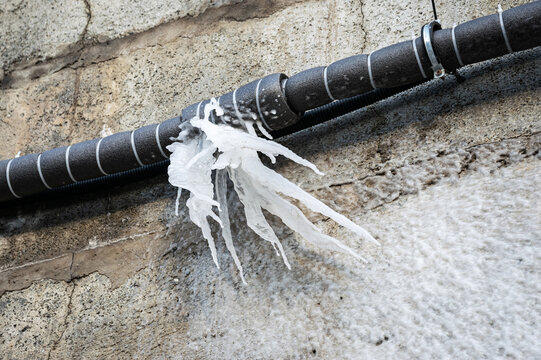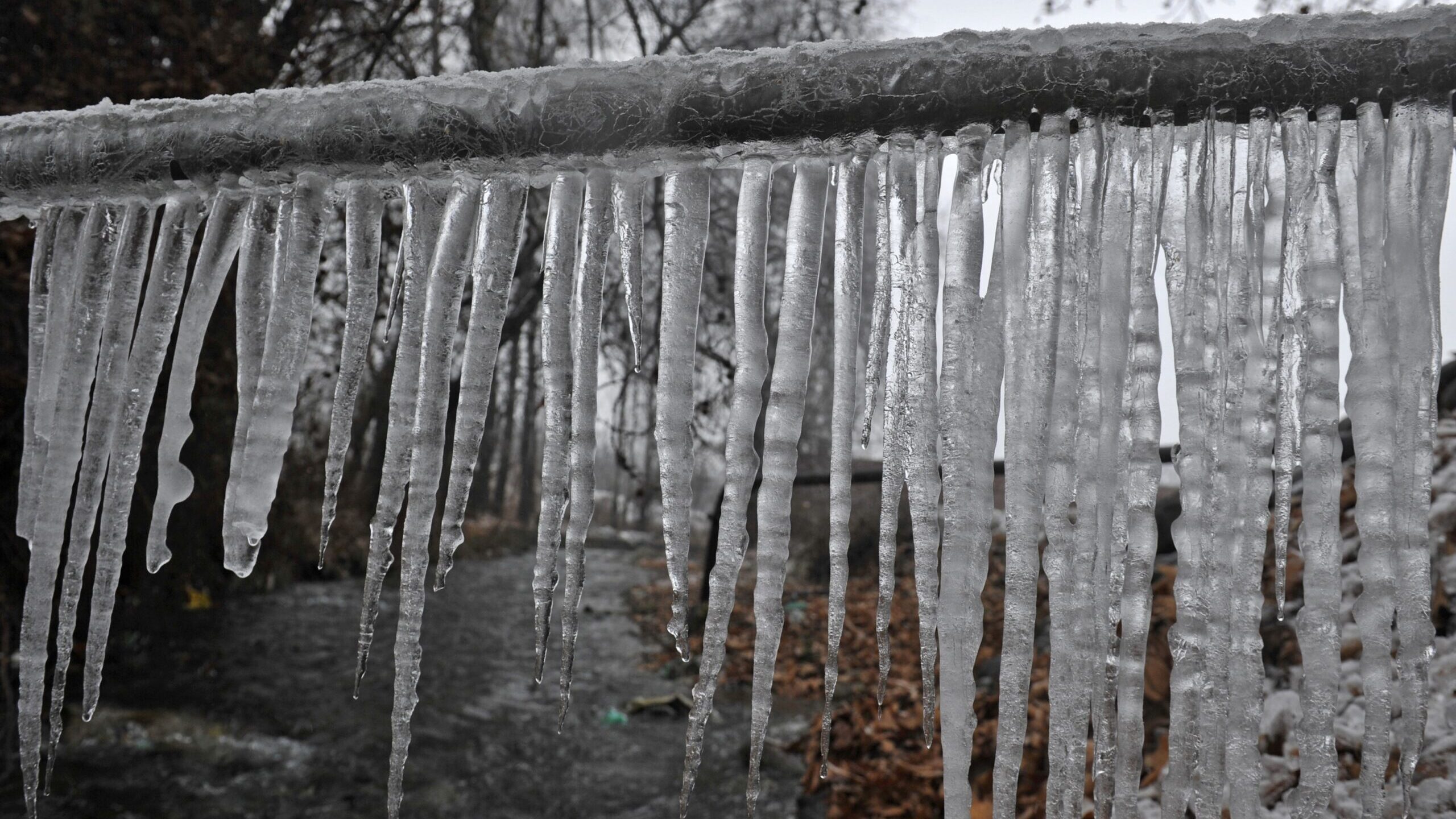Essential Tips to Avoid Frozen Plumbing in Winter: Specialist Insights
Essential Tips to Avoid Frozen Plumbing in Winter: Specialist Insights
Blog Article
Everyone seems to have their own unique way of thinking with regards to Helpful Tips to Prevent Frozen Pipes this Winter.

Cold weather can damage your pipes, particularly by freezing pipes. Below's how to stop it from happening and what to do if it does.
Intro
As temperature levels decrease, the risk of frozen pipelines rises, possibly causing costly fixings and water damage. Understanding how to prevent frozen pipes is vital for homeowners in cold climates.
Avoidance Tips
Shielding vulnerable pipelines
Wrap pipelines in insulation sleeves or utilize heat tape to shield them from freezing temperature levels. Concentrate on pipes in unheated or outside areas of the home.
Heating techniques
Keep interior areas adequately warmed, particularly areas with plumbing. Open cupboard doors to enable warm air to flow around pipelines under sinks.
How to identify icy pipelines
Look for decreased water flow from faucets, uncommon odors or sounds from pipes, and visible frost on subjected pipes.
Long-Term Solutions
Structural changes
Consider rerouting pipelines far from outside walls or unheated locations. Include extra insulation to attic rooms, cellars, and crawl spaces.
Upgrading insulation
Purchase high-quality insulation for pipes, attic rooms, and wall surfaces. Appropriate insulation assists preserve consistent temperature levels and reduces the danger of frozen pipelines.
Securing Outside Pipes
Garden hose pipes and outdoor faucets
Separate and drain pipes yard pipes before wintertime. Install frost-proof faucets or cover outdoor taps with insulated caps.
Comprehending Icy Pipes
What causes pipes to ice up?
Pipes freeze when revealed to temperature levels listed below 32 ° F (0 ° C) for expanded periods. As water inside the pipes ices up, it expands, putting pressure on the pipeline walls and potentially creating them to burst.
Dangers and damages
Frozen pipelines can cause water disturbances, property damage, and expensive fixings. Ruptured pipelines can flood homes and trigger extensive architectural damages.
Signs of Frozen Pipes
Recognizing icy pipes early can stop them from rupturing.
What to Do If Your Pipelines Freeze
Immediate actions to take
If you presume icy pipes, maintain faucets available to soothe stress as the ice melts. Make use of a hairdryer or towels taken in warm water to thaw pipes gradually.
Verdict
Preventing icy pipelines calls for proactive procedures and fast reactions. By understanding the causes, indications, and safety nets, home owners can shield their pipes during cold weather.
5 Ways to Prevent Frozen Pipes
Drain Outdoor Faucets and Disconnect Hoses
First, close the shut-off valve that controls the flow of water in the pipe to your outdoor faucet. Then, head outside to disconnect and drain your hose and open the outdoor faucet to allow the water to completely drain out of the line. Turn off the faucet when done. Finally, head back to the shut-off valve and drain the remaining water inside the pipe into a bucket or container. Additionally, if you have a home irrigation system, you should consider hiring an expert to clear the system of water each year.
Insulate Pipes
One of the best and most cost-effective methods for preventing frozen water pipes is to wrap your pipes with insulation. This is especially important for areas in your home that aren’t exposed to heat, such as an attic. We suggest using foam sleeves, which can typically be found at your local hardware store.
Keep Heat Running at 65
Your pipes are located inside your walls, and the temperature there is much colder than the rest of the house. To prevent your pipes from freezing, The Insurance Information Institute suggests that you keep your home heated to at least 65 degrees, even when traveling. You may want to invest in smart devices that can keep an eye on the temperature in your home while you’re away.
Leave Water Dripping
Moving water — even a small trickle — can prevent ice from forming inside your pipes. When freezing temps are imminent, start a drip of water from all faucets that serve exposed pipes. Leaving a few faucets running will also help relieve pressure inside the pipes and help prevent a rupture if the water inside freezes.
Open Cupboard Doors
Warm your kitchen and bathroom pipes by opening cupboards and vanities. You should also leave your interior doors ajar to help warm air circulate evenly throughout your home.

Hopefully you liked our section on Preventing and dealing with frozen pipes. Thanks so much for taking time to browse our blog post. Are you aware of anybody else who is fascinated with the topic? Why not promote it. Thank you for taking the time to read it.
Click For More Info Report this page